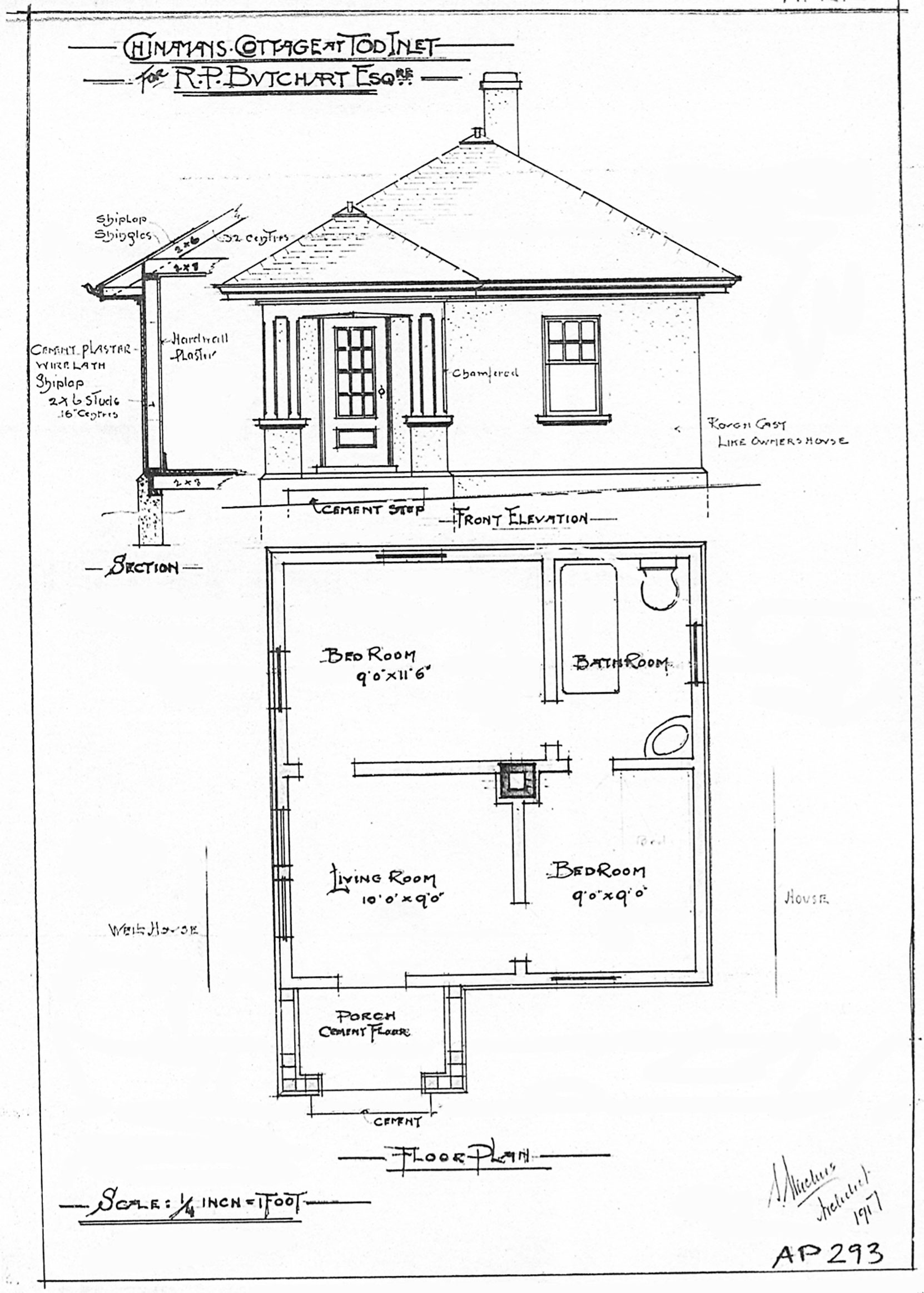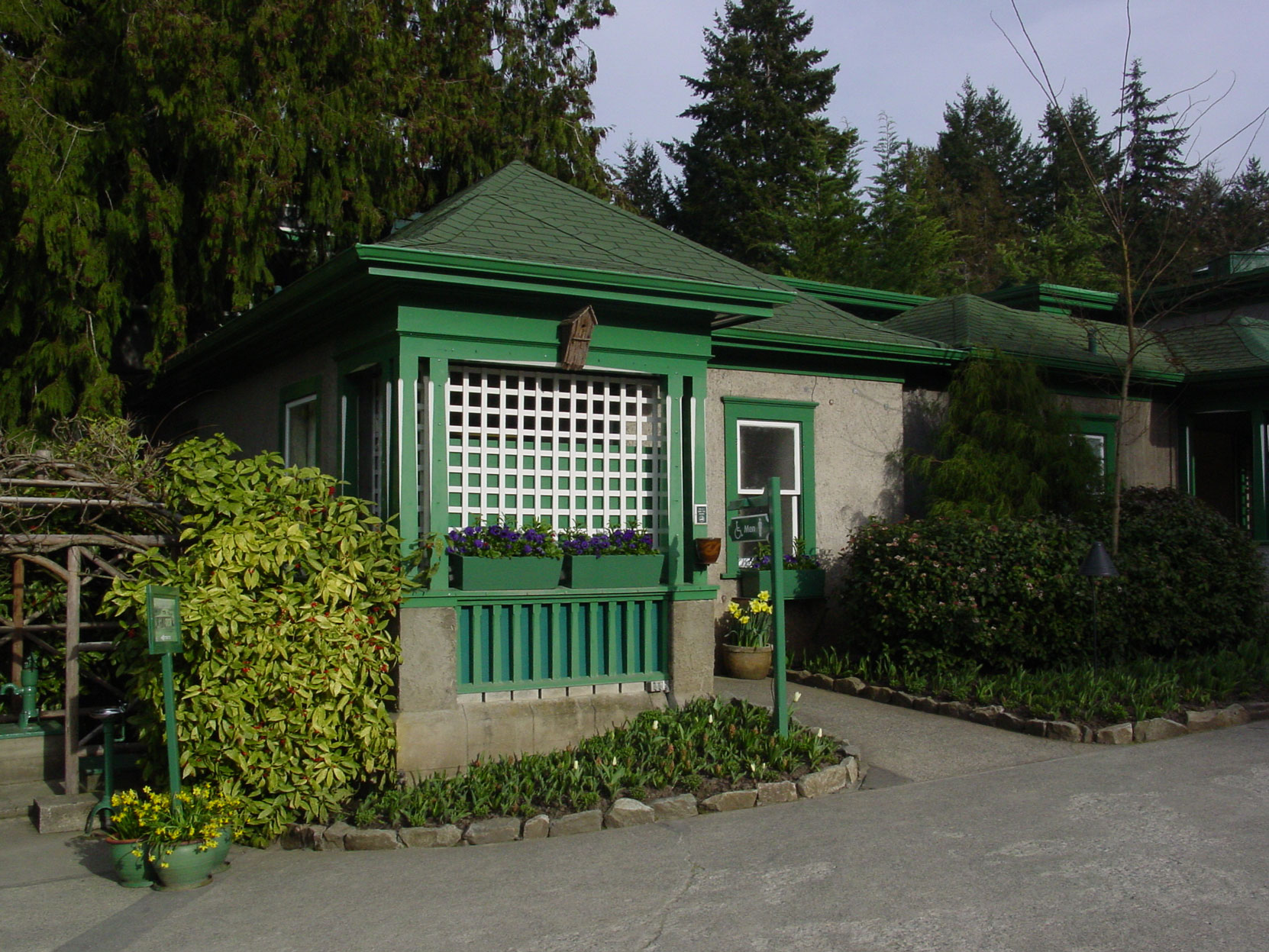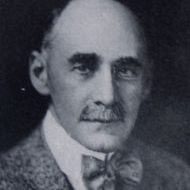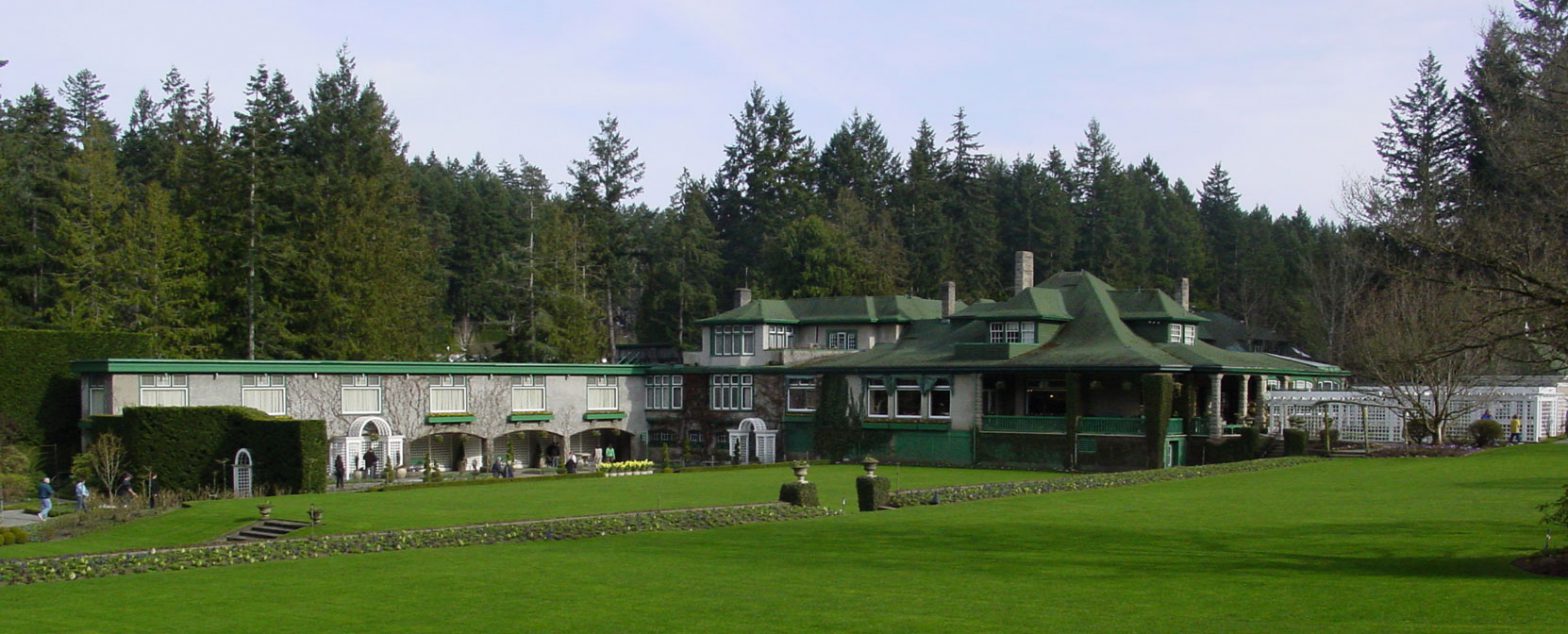Gardeners Cottage, 1917
In 1917 Robert Butchart retained architect Samuel Maclure to design a cottage adjacent to Benvenuto for some of the Butcharts’ household staff. The building is now used as a men’s washroom by Butchart Gardens.
The original 1917 plans by Samuel Maclure refer to this building as a “Chinamans Cottage”, a term which would be considered extremely offensive today but which was relatively commonplace in British Columbia in 1917.


Here is an excerpt from our Butchart Gardens History:
“…..Although the term “Chinaman’s Cottage” would be considered extremely offensive today, it was commonly used in late 19th and early 20th century British Columbia. Wealthy families, like the Butcharts, employed servants and often provided separate accommodation for their domestic staff. The servants were often Chinese or Asian, which led to the term “Chinaman’s Cottage.”
This building was originally used as a residence for some of the Butchart’s Chinese household staff. The original 1917 Samuel Maclure plans show two bedrooms, a bathroom and a living room. The absence of a kitchen suggests that the staff members prepared and ate their meals in Benvenuto, the main house.
By 1922, the “Chinaman’s Cottage” was being referred to as the “Gardener’s Cottage.”
The Butchart Gardens now uses this building as a “Men’s Washroom” facility……”
Would you like to leave a comment or question about anything on this page?

